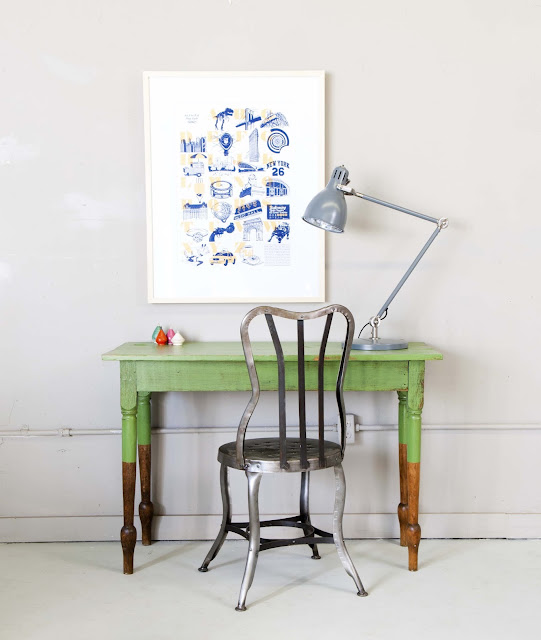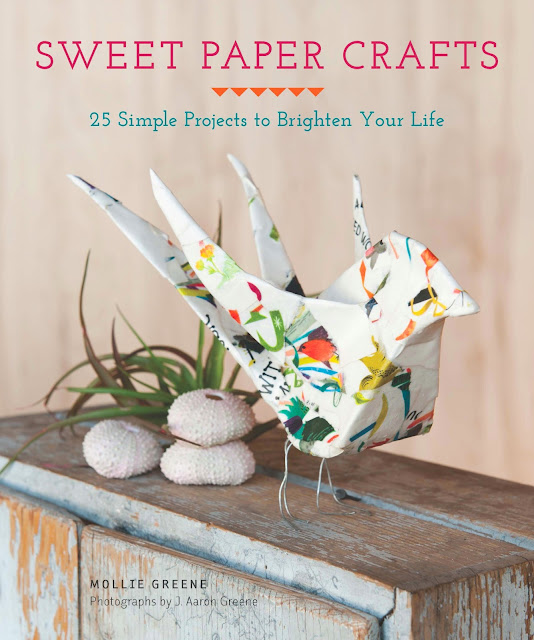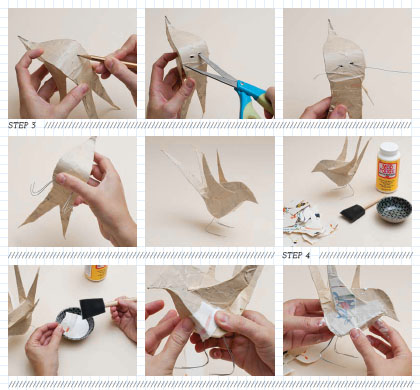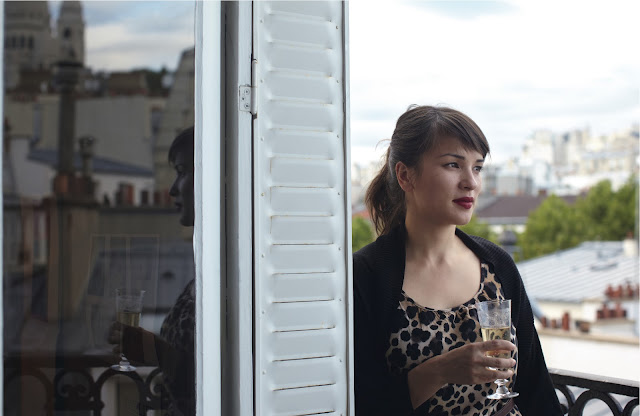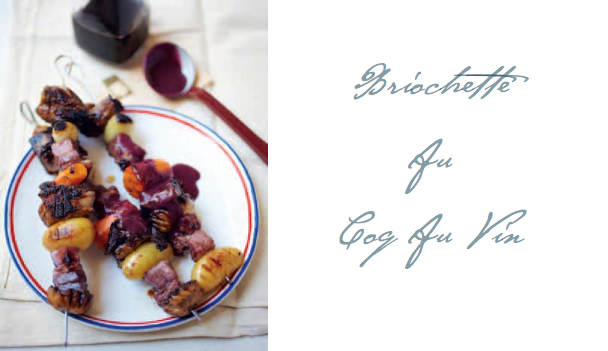Book Review + Giveaway | Furniture Makeovers
My favourite independent publisher – Chronicle Books – recently sent me a fabulous volume for the DIYers and the furniture obsessed, and the timing could not be better. Why, you ask? Because one of my very next steps for Project Debonaire Young Sir is to reinvent Noah’s existing dresser, upcycling the piece to fit into his much more sophisticated – dare I say debonaire – new room.
Furniture Makeovers is brimming with professional techniques and tried-and-true tips for transforming anything from those pieces you inherited from your grandmother to your latest and greatest flea market finds.
Beyond step-by-step techniques, author Barb Blair also shares plentiful inspiration with her own transformations, giving each project an endearing name as if naming children in her own little furniture family.
Barb is the founder of Knack Studios, and her work has been featured on Apartment Therapy, Decor8 and Design*Sponge among many! She has also been featured in design publications such as Southern Living, and Barb makes her own house a home in beautiful South Carolina.
I’m very excited to learn from Barb’s ways in the hopes that I can achieve the same kind of results I get when sending pieces out to be sprayed. This designer-mama’s on a budget with another one on the way and another room to design and furnish, so I’m very grateful for Barb’s love of details and thoughtful instructions to guide me through my own Furniture Makeover!
// GIVEAWAY ALERT! //
 |
| {Image via Knack Studios} |
You too can learn from Barb’s ways! Chronicle Books has generously offered to share a copy of Furniture Makeovers with one of you, of my lovely readers. Here’s how to enter:
1. Tweet this post out on Twitter, being sure to mention @CuratedHouse + @ChronicleBooks and of course Furniture Makeovers!
2. Post this blog post to Facebook and share the goodness with all of your friends!
3. Pin your favourite image from this post to Pinterest, being sure to tag #TheCuratedHouse and #ChronicleBooks in your description.
4. Don’t miss this last step! Come back to this blog post and share your social media frenzy with me by linking to it in the comments below. Each Tweet, Pin and FB Post is an entry! The winner will be announced in two weeks, so enter as many times as you’d like and keep checking back!
Happy pinning, posting and tweeting!
xo
s.





